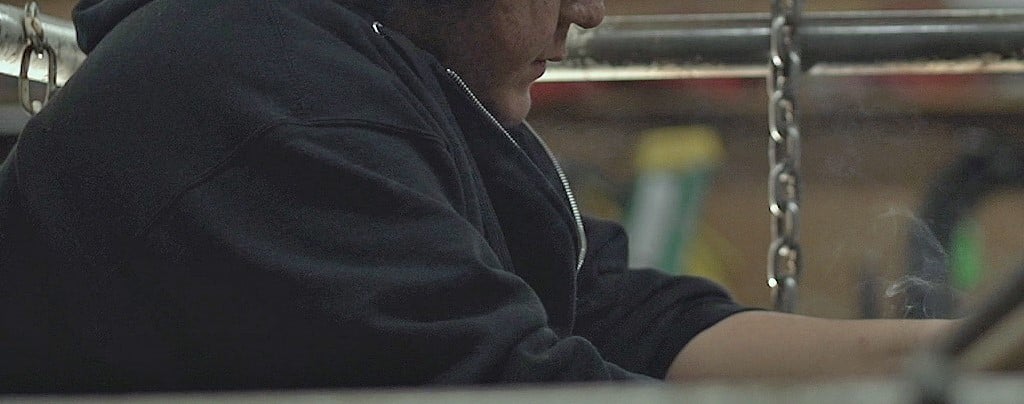Mar 13, 2017 | Native Hope
“When a person cuts, it calms them down, and that registers in the brain as a calming mechanism,” says Dr. Paul Hokemeyer, a certified clinical trauma professional who frequently appears as an mental health expert on ABC’s Good Morning America and other programs. “Once that happens, it’s a behavior that she will always be drawn to for the rest of her life.” (Read part 1 here.)
Faces behind the mask of pain

Cutting is an impulse-control disorder usually associated with personal trauma, and it is highly addictive—“as addictive as a narcotic.” Trauma such as physical, emotional, and sexual abuse are leading stressors. This brings me to the frightening reality for many young American Indians: statistically more of them experience these types of trauma in alarmingly higher rates than other ethnicities.
According to Cheryl Kary, the director of the Sacred Pipe Resource Center—a nonprofit in Bismarck-Mandan, North Dakota, “It’s [self-harm] a growing behavior. It is important for youth to understand why they cut [self-harm] and understand it comes from trauma, grief, and other strong feelings.”
Young people committing these acts against themselves are willing to hurt themselves to focus on a different pain, to find a different rush of adrenaline, to verify existence. Sadly, unless the emotional state of the person changes, this addiction will continue.
One of my former students explains, “In a way the physical pain bounces you back into reality, and suddenly death doesn’t seem so sweet anymore. But in some cases where hysteria blinds you…and you cut…and cut…and keep on cutting, hoping to hit the spot of no return and not feeling a thing because you’re so numbed by your own thoughts, and the only way of stopping...is if you grow tired or someone runs in and stops you.”
Coping with cutting
Young people need to learn other coping mechanisms. They need to give “voice” to their trauma and understand it is okay to have negative feelings. Learning to grieve in a healthy manner is key. Therapy, meditation, exercise, and other outlets may provide the most relief.
“Distraction. That’s really all that we need,” says my former student. “Most cutters find a hobby to do instead of doing self-harm, like playing guitar, drawing, writing poems, or anything else! Mine was poems…I let my anger and sadness out through poems.”
Her mouth is smiling.
Her eyes are crying.
On the outside she's laughing!
On the inside she's dying.
The spotlight is on her acting.
The audience is applauding.
The poem expresses her pain, but that expression allows her pain to come out in a less destructive manner. In fact, her poem may even encourage another person to seek help.
Looking forward
While my student found her salvation in poetry and performance, her pain can still rear its head, so the temptation to cut follows. It is an ongoing struggle with her inner self. She admits that it haunts her even now—years after she quit cutting.
She and others like her need the support of friends and family, healthy distractions, and/or counseling in order to resolve the addiction of self-harm. For some, it will be a lifelong battle, but there is hope.
Native Hope works with several partners who offer counseling and programs to help young Native Americans develop coping mechanisms. Please join us in our effort to bring more awareness to the affliction of self-harm, and partner with us as we fund valuable ways to assist at-risk youth who are participating in this harmful behavior.
COMMENTS